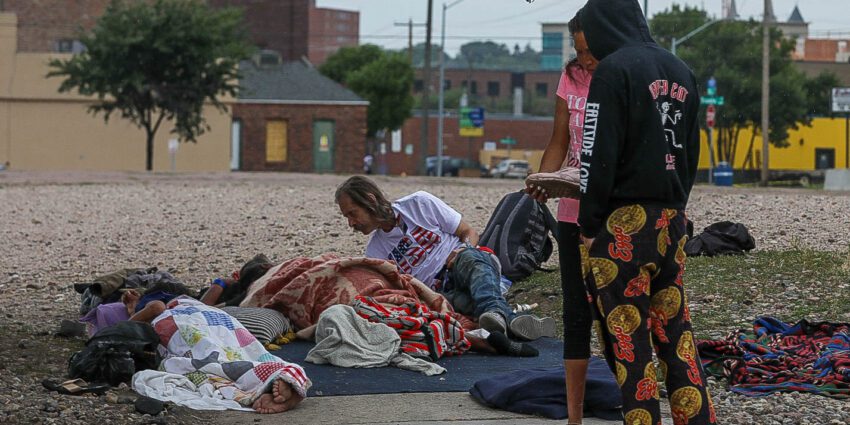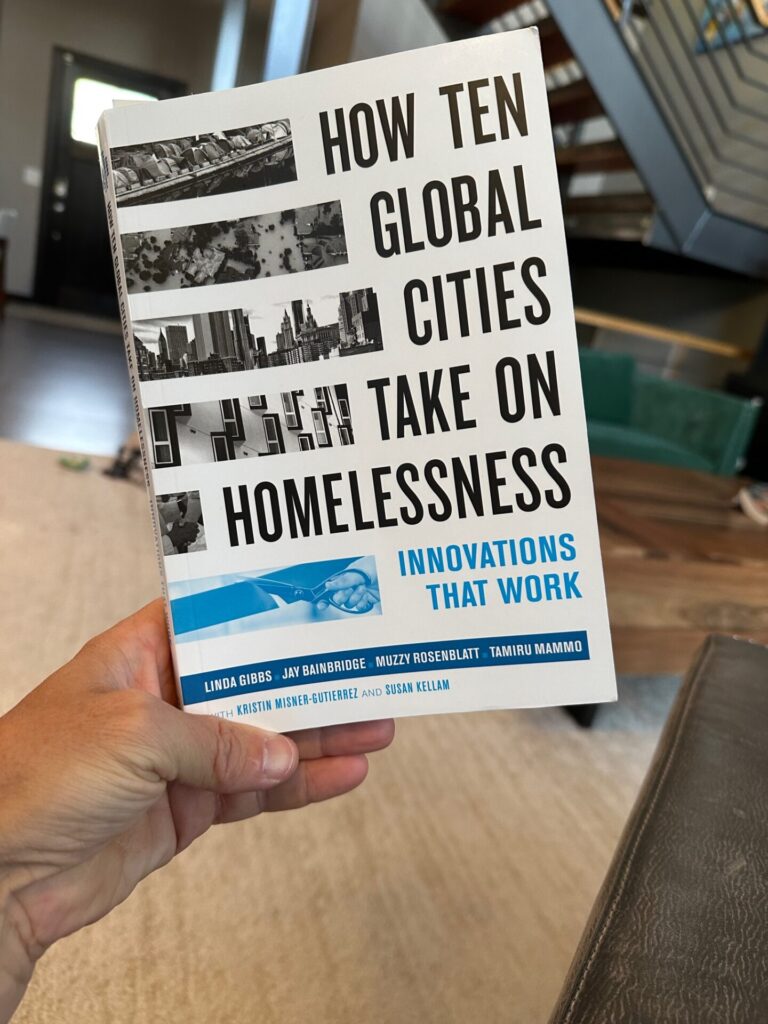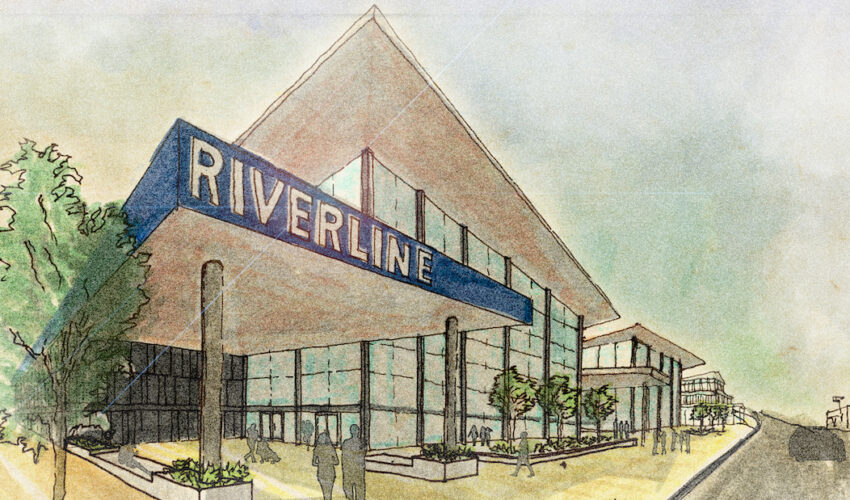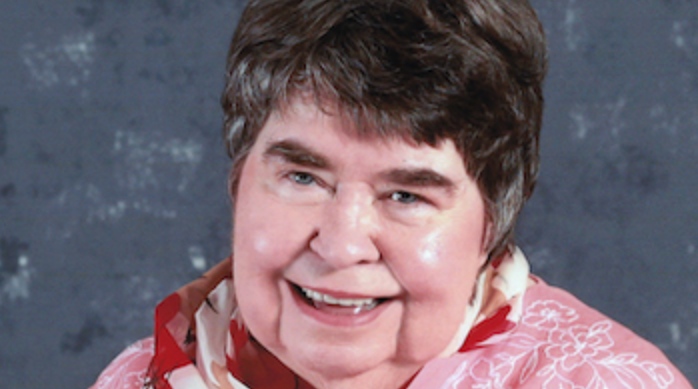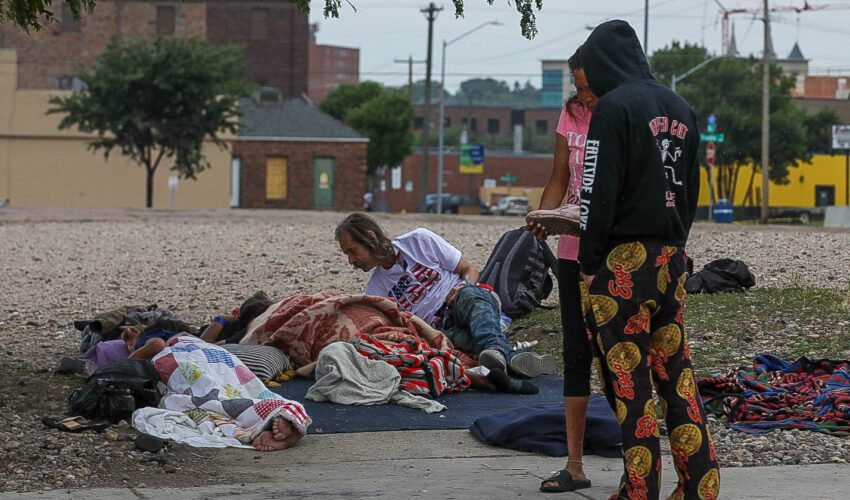Jodi’s Journal: In addressing homelessness, lessons from the other ‘SF’
June 25, 2023
I was winding down my day earlier this month when things took a memorable turn.
Someone I assume was a transient walked by the patio where I was sitting, stopped and started trying to talk with my friend and me.
The manager quickly came over and began what clearly was a well-practiced, low-key approach.
“Gotta keep moving,” he told the man.
He kept trying to talk to us. I think he was asking for money, but that part is a bit of a blur.
“Hey, you’ve gotta keep moving,” the manager repeated, in no way escalating this with his tone.
I really thought he would keep moving. But he didn’t.
By the third request, the man was mad, and let us know it. He came up onto the patio and was about to start a fight with the manager when — literally as though it were on cue — a police car drove by. All three of us started waving it down. The officers veered around, the man took off, and the the officers began to follow him.
Maybe it’s the dumb reporter in me, but I was much more intrigued by this whole thing than I was shaken up. The former city government official in me mostly was just proud of the officers for being so alert and getting right on this — two female officers, just so you know — and the community-minded person in me was just glad this happened to me and my friend and not someone visiting our city or less comfortable coming downtown.
Police Chief Jon Thum has taken to sharing a good bit of insight as our city grows and realizes the resulting challenges of growth — including homelessness, substance abuse and what can be a corresponding rise in crime.
“Just because something makes you uncomfortable doesn’t mean it makes you unsafe,” he has said.
Makes sense, right? Just because someone doesn’t look like you, act like you, come from a similar background or share the same values doesn’t mean that person is out to hurt you. I’ve repeated this to people since I first heard it.
But my incident on the patio proves that sometimes people do cross the line. Sometimes, you can’t look the other way or accept certain behavior.
And sometimes, when you don’t address problems as a community before they spiral out of hand, they become very difficult to unwind.
When you have about 45 minutes, watch this recent CNN documentary: “What Happened to San Francisco?”
It delves into what host Anderson Cooper called “a city some say is in steep decline because of crime, homelessness and drug use.”
Home to the highest number of billionaires per capita, with some of the country’s most expensive housing, San Francisco is facing an influx of open drug use, property crimes and homelessness.
McKinsey & Co. reported earlier this year that “on any given night, 38,000 individuals in the Bay Area are homeless, an increase of 35 percent since 2019,” calling it the result “of decades of systemic issues that have compounded and accelerated the crisis. Among them: historical redlining and the racial wealth gap, the patchwork nature of the social safety net, gaps in the mental health care system, a growing substance-use crisis, structural economic and workforce barriers, and reductions in affordable housing coupled with high housing costs relative to other geographies.”
The pandemic’s shift to remote work has left vacant offices, which then led to empty storefronts, which in turn created a foundation for homeless encampments fueled by drug use and a climate that took what many characterized as an overly passive, even permissive, approach to it.
“You put homelessness, mentally ill and fentanyl together, and it’s worse than the Third World because it’s right under the shadow of the rich and the powerful, and it is not only tolerated, until recently it was almost ignored in San Francisco,” longtime San Francisco journalist Phil Matier said in the documentary.
Think about this. In Sioux Falls, our City Council just appropriated $50,000 toward a public awareness campaign to remind people to lock their vehicles. In the other “SF,” some people are deliberately leaving their trunks open and their cars unlocked so their windows don’t get smashed.
Of course, this is far from a single city’s challenge.
A new “anti-theft” Walgreens in downtown Chicago includes just two aisles of merchandise you can touch, essentials customers can pick up themselves. Anything else requires ordering at a kiosk and picking up at a counter.
This month, Austin Texas, which estimates a homeless population of 5,000 and has closed down several homeless encampments, approved multiple emergency shelters, including a convention center warehouse that will cost $9 million to retrofit for those needing to escape sweltering heat.
By contrast, according to the Sioux Falls 2022 Point-in-Time Homeless Count, there are an estimated 407 homeless individuals here, and only 20 identified themselves as unsheltered.
But at the same point, the struggles of other cities must serve as a cautionary tale for Sioux Falls and all communities. Earlier this year, a homeless task force in our city made multiple recommendations, including a pilot “street team” to help de-escalate situations and connect the homeless with necessary resources that could maybe help them.
At the end of March, the city of Sioux Falls put out a request for proposals looking for an organization to provide homeless street outreach services, with a contract to be awarded in June. The last I heard, it won’t be until later in July at the earliest that a contract will be in place. It’s a small piece of a much more complicated situation, but those resources are needed now — and frankly I’m just glad at least one organization stepped up to take it on — so hopefully we’ll start seeing the impact sooner rather than later, just as much for the individuals affected as the community itself.
Addressing this is so much bigger than street-based outreach, of course. What we see on the streets is what happens when a lot of other things have failed. Look to San Francisco or any number of other cities and you’ll see the same issues we see in Sioux Falls on a different scale. An increase in housing costs. Struggles with addiction. The need for more mental health resources.
What you don’t see, thankfully, is the vacancy. We’re filling up downtown office space and storefronts, not emptying them. We have a culture of addressing issues and not looking the other way. And it’s not like this one isn’t on city leaders’ radar. When I asked Mayor Paul TenHaken about it, he sent me a photo of the book he’s reading:
“It’s by far the No. 1 challenge all my mayoral colleagues talk about,” he said.
Fortunately, we don’t have a homeless crisis in Sioux Falls. We have a manageable problem with multiple avenues to address individuals who need help and the broader issues that create them. We should use those avenues, consider ourselves lucky to be this “SF” and learn from our counterpart on the West Coast to address small issues in a big way before they multiply into critical ones.

